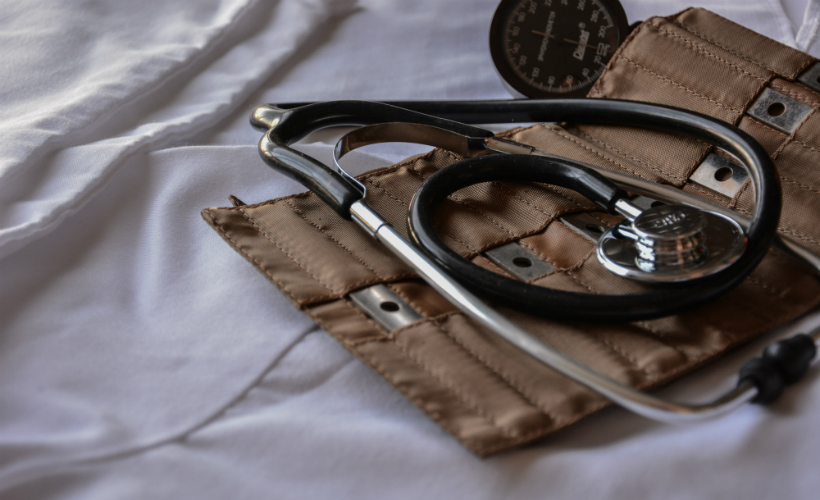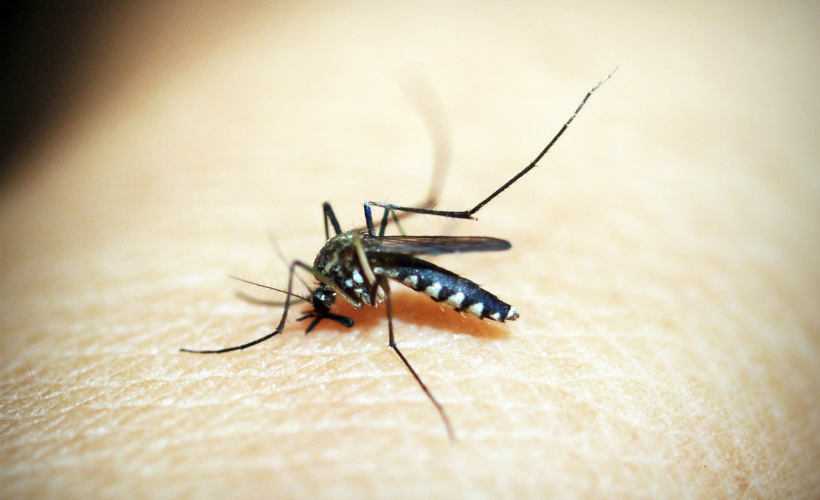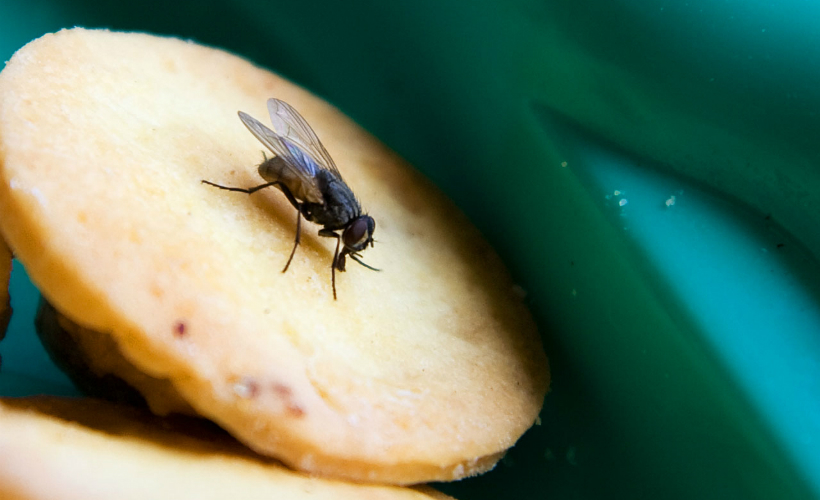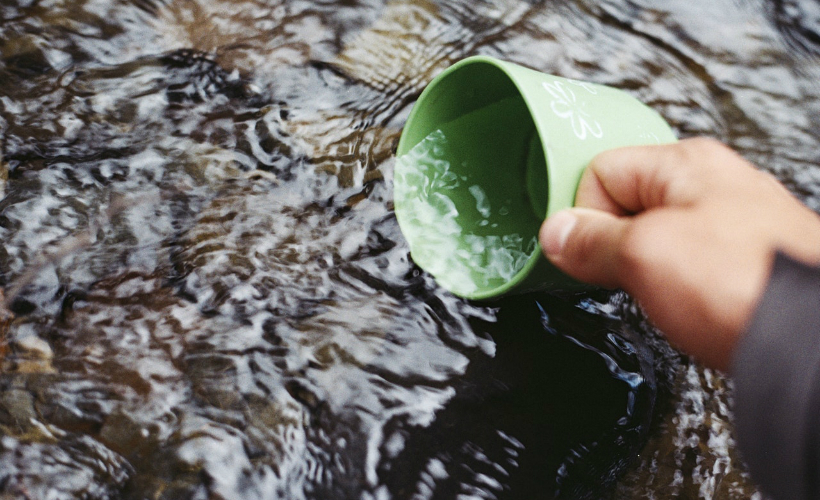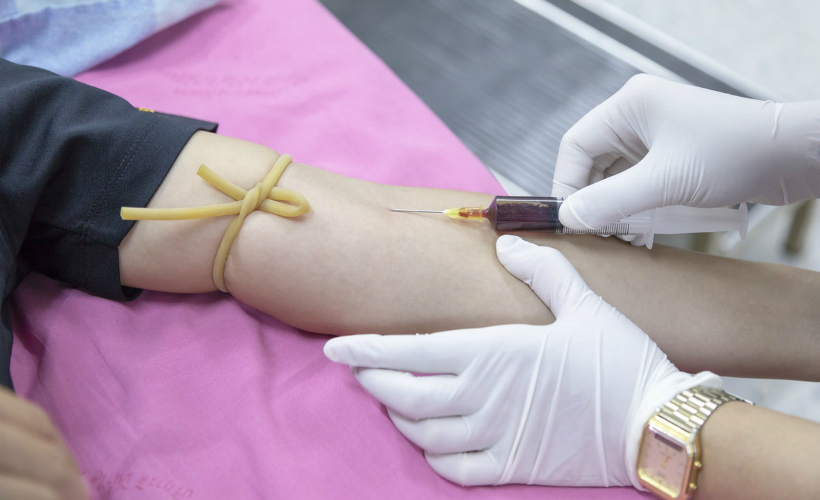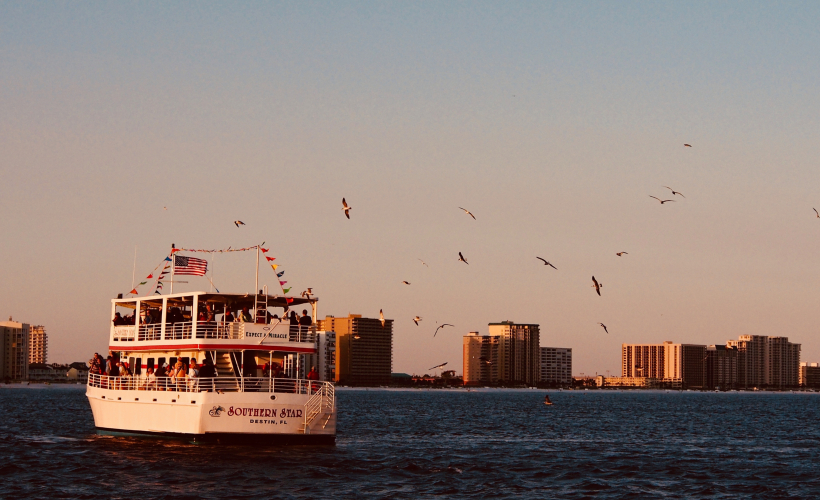Exploring a world filled with wild flora and fauna is extremely beautiful, and yet, can be dangerous. Especially when going to a part of the world that’s exotic to you. Before embarking on a trip to any destination, learn up on the diseases that are widespread in the area. In doing so, you can adequately prepare yourself and even get the necessary immunisation(s) before your holiday.
As long as you’ve done your research on the common illnesses in foreign places and how to avoid them, you can take preventive measures to ensure your trip doesn’t get marred by sickness. Forewarned is forearmed, and here are eight of the worst exotic illnesses to be aware of:
Malaria
This is a widespread tropical disease and is transmitted through the bite of infected mosquitoes. There’s no cure for malaria, but you can take steps to lesser the chance of you catching the disease. You can prevent the infection by using repellents with DEET (N,N-Diethyl-m-toluamide) sprays and wearing clothes that limit access to your skin.
Major symptoms include shaking chills, extreme fever, headache, and excessive perspiration. Travellers headed to sub-Saharan Africa, South America, and the South Pacific Islands should be particularly mindful of this disease.
Crimean-Congo haemorrhagic fever
Ticks that carry the Nairovirus spread this disease. To catch it, people either get sick from an infected tick’s bite or from contact with the blood or body fluids of an infected animal. A patient’s symptoms will usually see them suffer from a continuous high fever and unbearable pain in the back, head, and stomach. What makes this illness dangerous is a fatality rate of up to 50 per cent. In order to prevent this illness, stay away from the livestock and use DEET repellents.
Pneumonic plague
The fleas of rats and other small animals transmit the bacteria yersinia pestis, which can be extremely dangerous for humans. The only sure way to escape this illness is to avoid places where there are a lot of rats and the sanitary conditions are poor. Contact with infected individuals can prove dangerous as well. The mortality rate of the plague is 100 per cent without treatment and a mere 20 per cent if you receive treatment.
African Trypanosomiasis
Also known as the sleeping sickness, African Trypanosomiasis evolves slowly once contracted. Patients will usually first start complaining of insatiable sleepiness during the day, regular nightmares, and eventually, personality changes a year or two after being infected.
The tsetse fly is the insect responsible for transmitting this disease. Take steps to ensure you don’t attract the attention of this fly in order to protect yourself. In other words, don’t wear brightly-coloured garments, stay away from the thick bushes, and always use an insect repellent.
Lymphatic Filariasis
This parasitic infection is debilitating and impairs the lymphatic system, causing the abnormal enlargement of body parts, pain, and in extreme cases, incapacitation and disability. Lymphatic Filariasis is also known as elephantiasis, and occurs when filarial parasites are transmitted to human beings by mosquito bites.
Usually acquired during childhood, worms live inside a person’s lymphatic system, and their length varies from three to 10 centimetres, causing hidden damage that worsens over time. Prevention of this disease is only by avoiding mosquitoes, like by wearing long clothing, using protective sprays, and using an air-conditioner instead of keeping windows open. The best treatment for this disease is preventive chemotherapy.
Cholera
Although only around five per cent of cholera cases are severe, this disease should not be left untreated. Cholera is an old food- and water-borne disease, spread by the vibrio cholera bacterium that causes heavy, watery diarrhoea and vomiting. The major danger is that disregarding symptoms can result in severe dehydration (marked by loose skin, sunken eyes, increased heart rate, and low blood pressure). So before you drink straight from the tap, be sure it’s safe to do so. If it’s not, drink only bottled or boiled water, eat thoroughly cooked meals, and peel fruits and vegetables.
Dengue
Dengue fever tends to be widespread in tropical countries, especially during the rainy or monsoon seasons when water easily gets trapped and stagnant, leading to a rise in mosquitoes breeding.
The key symptom of infected individuals is a flu-like fever that won’t go away, and usually last anywhere between two and seven days. What makes dengue dangerous are complications it can cause, such as fluid accumulation in the body and organ impairment.
As mentioned before, your best bet against preventing mosquito bites is by using an insect repellent with DEET. Another ingredient to look out for in your repellents is picaridin. However, if you’re looking for a more natural way to repel mosquitoes (for instance in your bedroom), lemongrass and eucalyptus essential oils are good options to use in a diffuser.
Chikungunya
Closing our list is another disease spread by mosquitoes. The chikungunya virus is transmitted similarly to how dengue spreads and has almost the same symptoms. However, in addition to the fever that starts three to seven days after being infected, patients will feel joints pain that can last anywhere from a week to a few months.
There’s no vaccine to prevent this disease nor any medication to treat it. Getting cured means having to treat the symptoms like by getting plenty of rest, staying hydrated, and taking fever medication. The rule of the disease prevention for chikungunya remains the same – always use repellent. Also, if you’ve been infected, avoid getting bitten by mosquitoes again (especially during the first week), as a mosquito that’s taken your infected blood may infect others.
In conclusion, if you feel any of the symptoms described, seek medical attention immediately. You’re more likely to receive a cure or vaccine (if available) against indigenous viruses and infections at a local hospital. Finally, remember to always consult a physician before taking any form of medication. Most importantly, stay positive, stay informed, and have a safe trip!
Get all the latest travel stories from Zafigo. Follow us on Facebook, Twitter, and Instagram.

